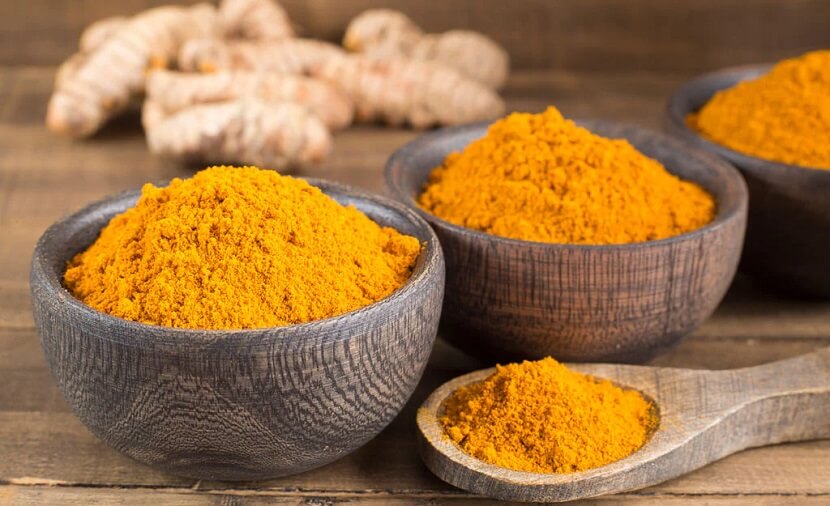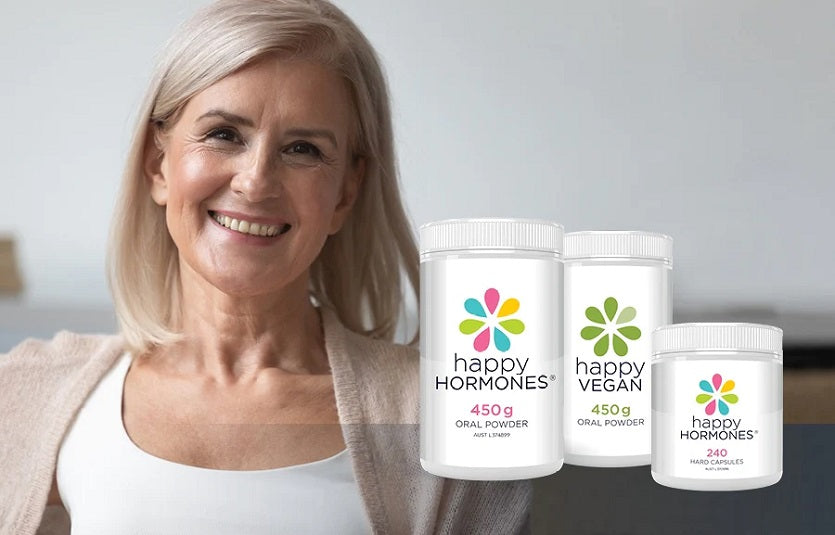Why is Turmeric so popular and effective in treating a wide range of conditions?
Turmeric, an ancient Ayurvedic (Indian) medicinal, is a yellow spice traditionally renowned for its healing properties and has experienced a recent revival for people suffering from inflammatory diseases. Turmeric is arguably the most effective and powerful spice on the planet.
The herb Turmeric contains a potent compound called Curcumin (Curcuminoids) which gives the spice its yellow colour. It is this anti-inflammatory component that may be used to help relieve symptoms such as asthma, arthritis, swelling, allergies, and general aches and pains.
Due to its warming and bitter principles, it is used to help improve protein digestion, reduce tumours, decongest the liver, dissolve gallstones, improve ligament flexibility, and reduce menstrual pain.
The real key for hormonal women is the antioxidant status of Turmeric, especially when fermented, which increases the antioxidant activity by up to 6 times. When naturally occurring antioxidants are consumed in the diet, such as turmeric, the body's internal antioxidant systems are spared.
When the levels of these antioxidants—such as Glutathione peroxidase and superoxide dismutase—rise, it triggers a little-known, yet extremely important mechanism in the body. The body will start to use these antioxidants to heal and repair itself.
The real key for hormonal women is the antioxidant status of Turmeric,
especially when fermented, which increases the antioxidant activity by up to 6 times.
Often, these antioxidants protect the body from your usual intake of toxins from the diet, lifestyle, and normal metabolism. But when turmeric enters the body, these antioxidants are spared and can go to work healing and repairing the body. It is what we call the body's innate ability to heal itself. It is more potent than any doctor or drug. And it heals where it needs to.
If you can combine this effect with an alkaline diet, then it is supercharged, and deep healing & balancing can occur.
The second element of Turmeric is how it down-regulates inflammation. Regardless of where pain and inflammation occur in the body, it is typically characterised by symptoms of pain, swelling, heat, stiffness, and reddening. These symptoms are caused by the presence of compounds called inflammatory mediators - which may also cause damage to the injured or inflamed tissue.

Other applications of Turmeric
- Joint inflammation and pain by inhibiting Arachidonic acid production, helping relieve arthritis from various causes (rheumatic, osteo) to promote healing
- A wide range of acute and chronic inflammatory conditions such as joint pain, RSI, sports injuries, muscle sprains, menstrual pain, and musculoskeletal stiffness while helping to support the mobility and function of the affected joint
- Antioxidant status (yields a high ORAC value) to also support cardiovascular function (for example by helping keep cholesterol and blood lipids within the healthy range)
- Providing antimicrobial and liver protective actions
- Blood stagnation as it is regarded as a stomachic, a tonic, and a blood purifier
- When chronic inflammation is present, stagnation may occur. Turmeric works to reduce pain, swelling, and congestion by resolving this stagnation and promoting a free flow of circulation
- Inflammation due to the presence of Curcumin and the other curcuminoids to work to address inflammation via numerous pathways (including inhibiting the activity of inflammatory mediators such as COX-2 and 5-LOX)
- Supporting heart health and may help healthy people maintain healthy cholesterol and blood lipid levels
- Digestive disorders caused by inflammation, such as gastritis, ulcers, colitis, and inflammatory bowel diseases
Here is a link to a positive study of Turmeric and inflammation: https://www.ncbi.nlm.nih.gov/pmc/articles/PMC3535097/








Leave a comment
This site is protected by hCaptcha and the hCaptcha Privacy Policy and Terms of Service apply.